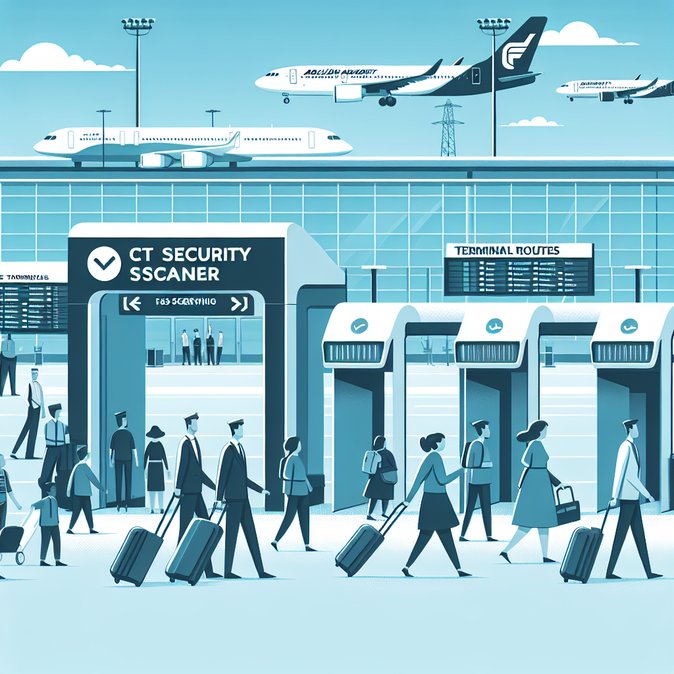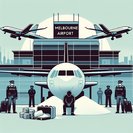
Adelaide Airport this morning unveiled a suite of next-generation Computed Tomography (CT) scanners that let passengers keep laptops and liquids inside cabin bags, cutting domestic security wait times by half. The $600 million upgrade—part of the national “Project Flight” security program—comes just as Air New Zealand launched the first-ever non-stop Christchurch-Adelaide flights and Qantas resumed Adelaide-Auckland services after a 12-year hiatus.
Under the new system, 3-D imaging replaces conventional X-ray checks, allowing screening officers to rotate digital renderings of baggage and reducing secondary inspections. Airport CEO Brenton Cox said 99 per cent of travellers now clear security in under 10 minutes, a benchmark likely to lure more business traffic.
Air NZ’s twice-weekly A321neo service will run through March 2026, adding 15,000 seats and tapping South Australia’s growing visitor market—Kiwis already inject AUD 93 million into the state economy each year. Qantas’s four-weekly Boeing 737 flights, starting next week, give Adelaide passengers one-stop access to New York via Auckland, a boon for corporate flyers avoiding Sydney congestion.
Tourism bodies predict the twin launches will generate 170 direct jobs and support post-pandemic recovery across conferences, wine exports and the defence supply chain. Travellers should note, however, that international passengers must still remove liquids and large electronics until CT technology is rolled out airside in early 2026.
Under the new system, 3-D imaging replaces conventional X-ray checks, allowing screening officers to rotate digital renderings of baggage and reducing secondary inspections. Airport CEO Brenton Cox said 99 per cent of travellers now clear security in under 10 minutes, a benchmark likely to lure more business traffic.
Air NZ’s twice-weekly A321neo service will run through March 2026, adding 15,000 seats and tapping South Australia’s growing visitor market—Kiwis already inject AUD 93 million into the state economy each year. Qantas’s four-weekly Boeing 737 flights, starting next week, give Adelaide passengers one-stop access to New York via Auckland, a boon for corporate flyers avoiding Sydney congestion.
Tourism bodies predict the twin launches will generate 170 direct jobs and support post-pandemic recovery across conferences, wine exports and the defence supply chain. Travellers should note, however, that international passengers must still remove liquids and large electronics until CT technology is rolled out airside in early 2026.










